 While theoretical debate still persists on the specific role of social media in medical education, it is unquestionable that healthcare professionals (HCPs) and patients consistently turn to social media for medical education. Many continuing education/continuing medical education (CE/CME) providers have incorporated social media into programming for a variety of purposes, including audience generation; sharing faculty perspectives and quick clinical tips; sharing animations or case simulations; hosting virtual meetings; polling; click throughs to educational programming or websites; etc. While we continue to discover new ways social media can enhance our overall impact, we must consciously choose the appropriate platform depending on what we are hoping to achieve via social media as our medium. In addition, we need to brainstorm how best to share the results of our social media campaigns in our outcomes reporting, which very often will not fall neatly within the Moore’s Framework. This article seeks to continue the dialogue that has begun in various forums, including the Alliance for Continuing Education in the Health Professions, InformaConnect Independent Medical Education & Grants Summit, CMEPalooza and Industry Alliance for CE (IACE) Data Dialogues, with a focus on choosing the most appropriate social media platform for your goals and reporting social media’s impact on educational goals, when appropriate.
While theoretical debate still persists on the specific role of social media in medical education, it is unquestionable that healthcare professionals (HCPs) and patients consistently turn to social media for medical education. Many continuing education/continuing medical education (CE/CME) providers have incorporated social media into programming for a variety of purposes, including audience generation; sharing faculty perspectives and quick clinical tips; sharing animations or case simulations; hosting virtual meetings; polling; click throughs to educational programming or websites; etc. While we continue to discover new ways social media can enhance our overall impact, we must consciously choose the appropriate platform depending on what we are hoping to achieve via social media as our medium. In addition, we need to brainstorm how best to share the results of our social media campaigns in our outcomes reporting, which very often will not fall neatly within the Moore’s Framework. This article seeks to continue the dialogue that has begun in various forums, including the Alliance for Continuing Education in the Health Professions, InformaConnect Independent Medical Education & Grants Summit, CMEPalooza and Industry Alliance for CE (IACE) Data Dialogues, with a focus on choosing the most appropriate social media platform for your goals and reporting social media’s impact on educational goals, when appropriate.
Choosing the Appropriate Social Media Platform
Each social media platform can serve a variety of purposes for medical education, but their sphere of influence in terms of target audience and format make some more appropriate for certain educational goals than others.
Below is a high-level overview of how Med Learning Group (MLG) has found each platform to be effective in recent digital campaigns:
- Facebook/Meta: This platform is especially useful when the target audiences are patients and caregivers. In this case, organic audience generation can work, while paying for ads will get you access to those clinicians who have a Facebook/Meta presence. You must be ready to moderate or turn off comments. While engagement is important, inaccurate commentary on medical education may lead to compliance issues and limit the effectiveness of your programming. Lastly, it is a promising idea to have a presence here regardless of the audience due to the heavy search engine optimization (SEO) indexing that happens naturally when skillfully linked to other social properties.
- Instagram (IG): This platform is particularly useful for organizations that take the time to produce frequent eye-catching imagery. IG works well for patients, caregivers and clinicians. It is important to utilize the ad opportunities especially if there is a companion Facebook/Meta page, as the ads are interchangeable because Facebook owns IG.
- LinkedIn: Utilize this platform for clinicians via the LinkedIn business page, personal profile posts and the LinkedIn ads network. Repost everything from the personal posts to the education’s page if appropriate.
- Twitter: You will find that posts on this social platform fade in less than a minute if you do not have a following. It is best to post through someone with a strong following, such as a national thought leader, and, if not, dedicate a strong budget toward promoting certain posts. This needs to be done frequently. One must work hard with Twitter by posting, ad spending, following and tweeting. With the recent acquisition of Twitter by Elon Musk, we will need to examine any algorithmic changes over time.
- YouTube: This platform is a child of Google and is the second-largest search engine in the world. It is a powerful SEO and social media tool that must be fed with content often. Within the description section, many keywords can be embedded and used in conjunction with a catchy video title, and it reaches all audiences. MLG has plans to deploy this platform more in 2023.
- Blogging: This method is not a platform but a tool and is most helpful when the target audience is patients and caregivers. Blogging in general greatly assists in SEO, which should be deployed with any social media campaign to function as a force multiplier.
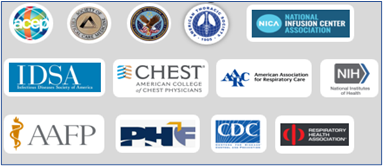 Med Learning Groups’ FRONTLINE initiative serves as a compelling case study in the use of a variety of social media platforms for unique purposes. Med Learning Group initially developed the FRONTLINE website in response to the pandemic in April 2020. After receiving multi-support from grantors for educational tools and programming for both HCPs and patients, the FRONTLINE website grew exponentially, requiring a targeted digital campaign to drive awareness of the site. The COVID-19 FRONTLINE campaign thus began in February 2021 and ran for 11 consecutive months. This national campaign consumed everything in our arsenal of technology, people and digital marketing expertise. We created a social media presence on Facebook (patient focused), Instagram (patients), YouTube (patients), LinkedIn (provider focused), and Twitter (provider and patient focused), and we blogged frequently. Despite the aggressive competition for “covid” keywords, we managed to gain significant traction in Google, Yahoo and Bing in a brief time for all three portals. We set an initial target keyword ranking for well over 70 keywords and have seen impressions on our social properties, ads and websites for all.
Med Learning Groups’ FRONTLINE initiative serves as a compelling case study in the use of a variety of social media platforms for unique purposes. Med Learning Group initially developed the FRONTLINE website in response to the pandemic in April 2020. After receiving multi-support from grantors for educational tools and programming for both HCPs and patients, the FRONTLINE website grew exponentially, requiring a targeted digital campaign to drive awareness of the site. The COVID-19 FRONTLINE campaign thus began in February 2021 and ran for 11 consecutive months. This national campaign consumed everything in our arsenal of technology, people and digital marketing expertise. We created a social media presence on Facebook (patient focused), Instagram (patients), YouTube (patients), LinkedIn (provider focused), and Twitter (provider and patient focused), and we blogged frequently. Despite the aggressive competition for “covid” keywords, we managed to gain significant traction in Google, Yahoo and Bing in a brief time for all three portals. We set an initial target keyword ranking for well over 70 keywords and have seen impressions on our social properties, ads and websites for all.
However, we faced significant challenges in the beginning as Google Ads suspended our campaigns and slowed us down. Fortunately, our search engine marketing (SEM) experts successfully appealed to Google repeatedly to prove that this campaign was not attempting to benefit financially from the pandemic. In addition, the Community of Cares education model, our partnerships with the associations whose logos are pictured above and our ground marketing efforts also yielded high traffic. The below outlines how the FRONTLINE digital campaign used each platform:
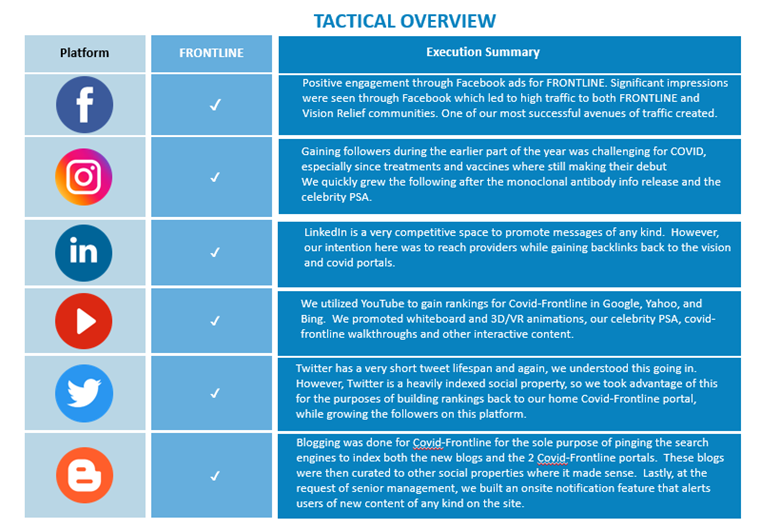
Sharing Social Media’s Educational Impact
The CE industry is still in the initial phase of reporting on social media’s impact and exploring different metrics that can help tell our impact story. While the following discusses audience generation metrics and attitudinal metrics, these are in no way comprehensive. The ongoing community effort to brainstorm how to report on social media, standardize terminology to the extent possible or helpful, and incorporate social media’s impact on our education into the overall story of how our education impacts patient care and outcomes is of high value.
In terms of audience generation, there are many, not often understood metrics to consider, including impressions, content impressions, click-through rates, trackable engagements, completers, test takers, etc. Reporting on all of these metrics can be overwhelming for the audience who may not understand what the different terms mean. Rather than sharing all this data, the purpose of utilizing social media for different CE/CME should guide which metric is best for each outcomes report. For example, if the goal of an educational post is to raise awareness, perhaps content impressions would be the most suitable metric. If the goal is to educate on 1–2 minutes of content, then completers or trackable engagements may be better. If the goal is to encourage viewers to go to an educational website with more programming, then click-through rates make sense. A continued dialogue to standardize such terminology in a manner that is most appropriate for CE/CME would help providers, supporters and a variety of other CE stakeholders better understand what various social media efforts have achieved in terms of audience generation.
Social media can also help collect attitudinal outcomes, which can add valuable insight for our outcomes stories. Through polling we can assess the public’s knowledge, comfort or confidence about different health assessments, recommendations, prognosis, treatments, etc. Depending on platforms used, these polls could also be tailored to healthcare professionals or patients. In addition, allowing for commentary on posts may help identify HCP and patient points of view, if done in a compliant manner. Partnering with different patient advocacy sites or groups may allow for more access to patient commentary in different online forums as well. Again, different platforms will lead to different commentary and audiences. For example, collecting commentary from young adult patients may be more successful on Instagram than Facebook; collecting HCP views may be easier on LinkedIn or Twitter. As with all outcomes, having desired social media outcomes in the forefront of our mind when planning social media engagements is a key to success.
Social media can vastly enhance audience generation, program implementation and our ability to share the impact of CE/CME. This article only touches on its use in digital campaigns and its role in our outcomes story; in truth, we are just beginning to uncover social media’s medical education value. Continuing to dialogue across our industry about social media’s many uses and to develop a shared vocabulary around its impact will help us reap its benefits.
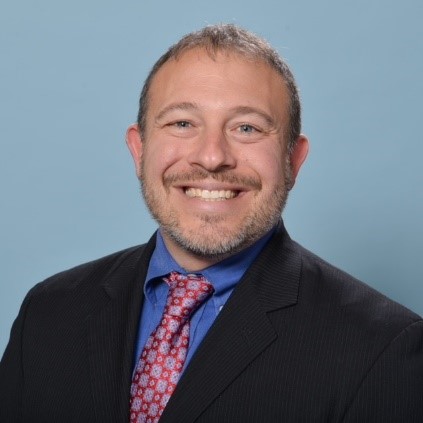 Matthew Frese, MBA, general manager for Med Learning Group, is responsible for the development and implementation of the vision and mission of MLG's continuing medical education programming. Matthew has over 18 years of experience in the continuing medical education arena. Matthew specializes in the development of innovative approaches to continuing education programming and the development of unique partnerships with academic health institutions, scientific associations, patient advocacy groups and large healthcare systems to provide continuing education and data solutions. Matthew has also served as a volunteer site surveyor for the past eight years on behalf of the Accreditation Council for Continuing Medical Education. This professional background provides Matthew with a well-rounded perspective on the continuing medical education enterprise, from innovative program development and accreditation to program implementation and outcomes. Matthew holds a BA in psychology from Quinnipiac University and an MBA from Quinnipiac University School of Business.
Matthew Frese, MBA, general manager for Med Learning Group, is responsible for the development and implementation of the vision and mission of MLG's continuing medical education programming. Matthew has over 18 years of experience in the continuing medical education arena. Matthew specializes in the development of innovative approaches to continuing education programming and the development of unique partnerships with academic health institutions, scientific associations, patient advocacy groups and large healthcare systems to provide continuing education and data solutions. Matthew has also served as a volunteer site surveyor for the past eight years on behalf of the Accreditation Council for Continuing Medical Education. This professional background provides Matthew with a well-rounded perspective on the continuing medical education enterprise, from innovative program development and accreditation to program implementation and outcomes. Matthew holds a BA in psychology from Quinnipiac University and an MBA from Quinnipiac University School of Business.
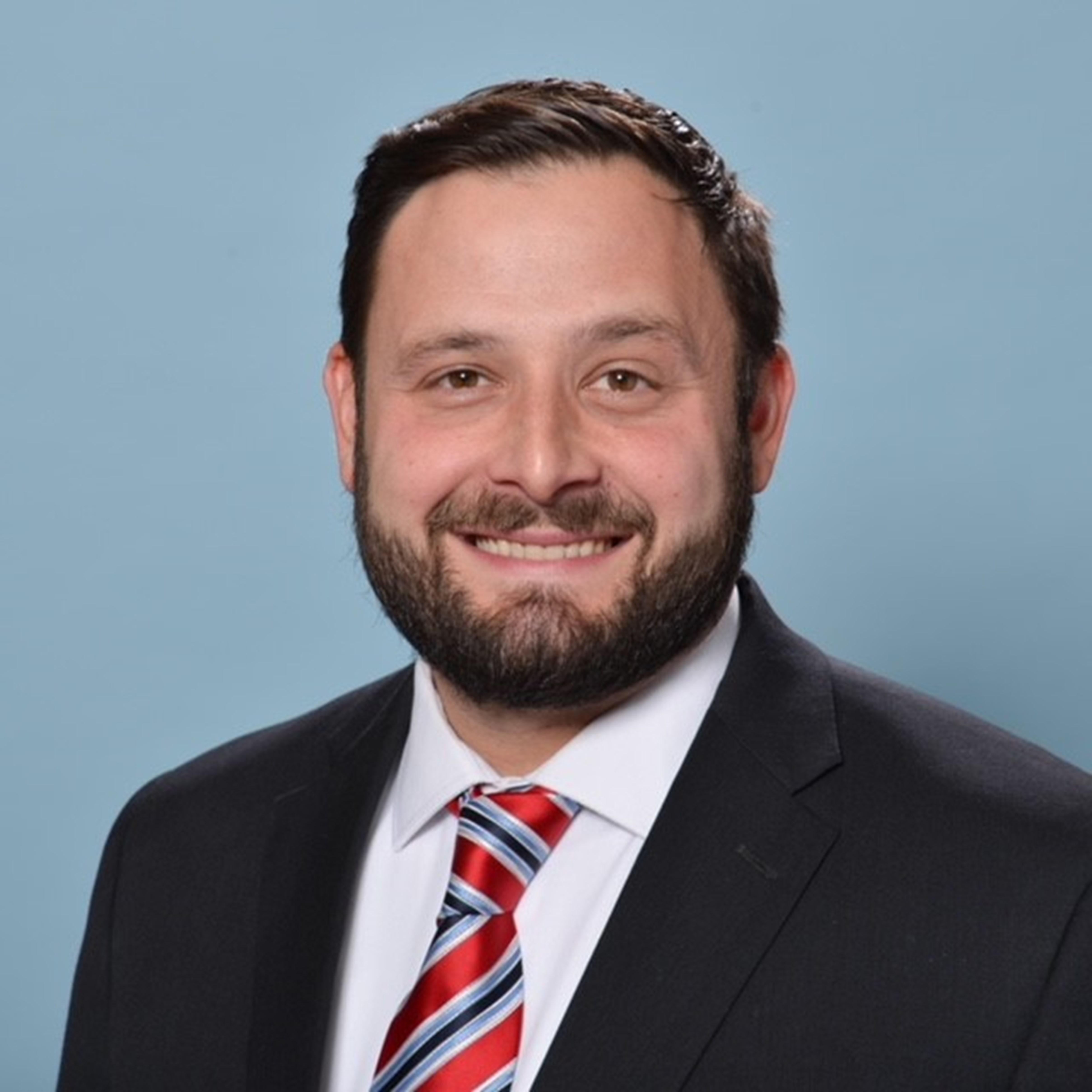 John Guerriero, MBA, vice president of innovation and engagement, Med Learning Group, leads the educational innovation and technology relationships at Med Learning Group. Within this role he is responsible for external contact with numerous groups including granting organizations, technology providers, virtual learning environment groups and government agencies. John has a great passion for continuously searching and developing new and innovative learning formats, to take knowledge retention and HCP/patient engagement to the next level. He is tirelessly committed to working with our technology partners, patient advocacy groups and medical associations to develop the next generation of educational tools that can be incorporated into practice to ensure all of Med Learning Group’s education extends beyond the initial CME activities to the underlying patients. John has over 15 years’ experience in innovation leadership and over eight years in CME. Before joining Med Learning Group five years ago, John worked for Citi as SVP of global innovation strategies, having assisted in shaping the strategy for their global network of Citi Innovation Labs, tasked with discovering solutions to the world’s most challenging problems. His team of healthcare and IT experts worked to create solutions to enable providers and payers to deliver quality, connected, patient-centric care more efficiently and cost-effectively.
John Guerriero, MBA, vice president of innovation and engagement, Med Learning Group, leads the educational innovation and technology relationships at Med Learning Group. Within this role he is responsible for external contact with numerous groups including granting organizations, technology providers, virtual learning environment groups and government agencies. John has a great passion for continuously searching and developing new and innovative learning formats, to take knowledge retention and HCP/patient engagement to the next level. He is tirelessly committed to working with our technology partners, patient advocacy groups and medical associations to develop the next generation of educational tools that can be incorporated into practice to ensure all of Med Learning Group’s education extends beyond the initial CME activities to the underlying patients. John has over 15 years’ experience in innovation leadership and over eight years in CME. Before joining Med Learning Group five years ago, John worked for Citi as SVP of global innovation strategies, having assisted in shaping the strategy for their global network of Citi Innovation Labs, tasked with discovering solutions to the world’s most challenging problems. His team of healthcare and IT experts worked to create solutions to enable providers and payers to deliver quality, connected, patient-centric care more efficiently and cost-effectively.
 Jae McKinney, managing partner, Divigner Group, oversees the operation’s activities concerning digital marketing services (design, web, social media), project management, business analysis and web/app development. He is heavily involved in steering enterprise system deployments, business analytics/data visualization projects and 2D/3D risk simulation implementations used for cyber preparedness, emergency management, insurance underwriting and medical education. Jae has advanced degrees in finance and information systems and brings 27 years of technical analysis skills and digital marketing strategy to every project he is commissioned to carry out. He also brings a great deal of expertise in pre-sales, giving him a distinct range of knowledge and experience across myriad problems needing an elegant and technical solution.
Jae McKinney, managing partner, Divigner Group, oversees the operation’s activities concerning digital marketing services (design, web, social media), project management, business analysis and web/app development. He is heavily involved in steering enterprise system deployments, business analytics/data visualization projects and 2D/3D risk simulation implementations used for cyber preparedness, emergency management, insurance underwriting and medical education. Jae has advanced degrees in finance and information systems and brings 27 years of technical analysis skills and digital marketing strategy to every project he is commissioned to carry out. He also brings a great deal of expertise in pre-sales, giving him a distinct range of knowledge and experience across myriad problems needing an elegant and technical solution.
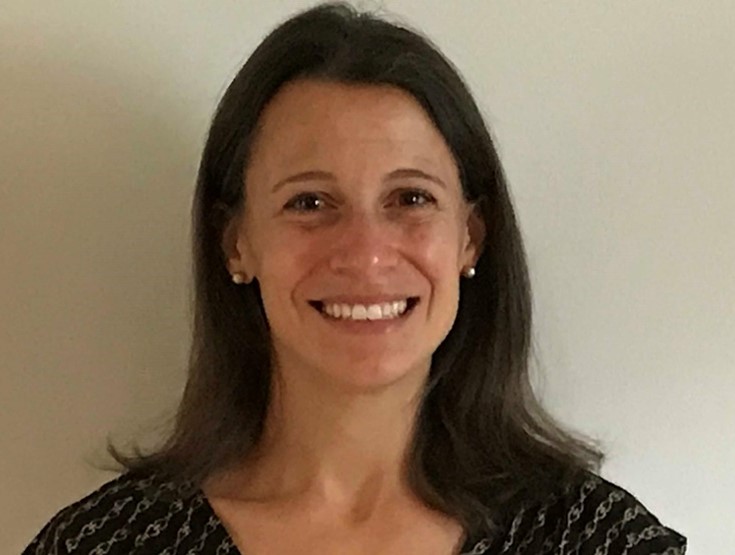 Lauren Welch, MA, vice president of outcomes and accreditation, Med Learning Group, has led Med Learning Group’s departments focused on educational outcomes analysis and accreditation policies and implementation for over eight years. She is responsible for developing and reporting on the outcomes of our educational activities, analyzing impact on knowledge, practice and collaboration with patients and their care teams. Lauren also maintains Med Learning Group’s accreditation department, ensuring all activities are compliant with ACCME requirements and are conducted within the spirit of the guidelines with a focus on improving patient care. Before joining Med Learning Group five years ago, Lauren worked with the Department of State for eight years. Lauren contributed to the development of the annual U.S. foreign assistance budget, with a particular focus on programs in health and education. While in South Asia, Lauren helped implement healthcare support in countries across the region and justified budget requests for international health programs to the U.S. Congress. Lauren holds a MA in international development studies.
Lauren Welch, MA, vice president of outcomes and accreditation, Med Learning Group, has led Med Learning Group’s departments focused on educational outcomes analysis and accreditation policies and implementation for over eight years. She is responsible for developing and reporting on the outcomes of our educational activities, analyzing impact on knowledge, practice and collaboration with patients and their care teams. Lauren also maintains Med Learning Group’s accreditation department, ensuring all activities are compliant with ACCME requirements and are conducted within the spirit of the guidelines with a focus on improving patient care. Before joining Med Learning Group five years ago, Lauren worked with the Department of State for eight years. Lauren contributed to the development of the annual U.S. foreign assistance budget, with a particular focus on programs in health and education. While in South Asia, Lauren helped implement healthcare support in countries across the region and justified budget requests for international health programs to the U.S. Congress. Lauren holds a MA in international development studies.